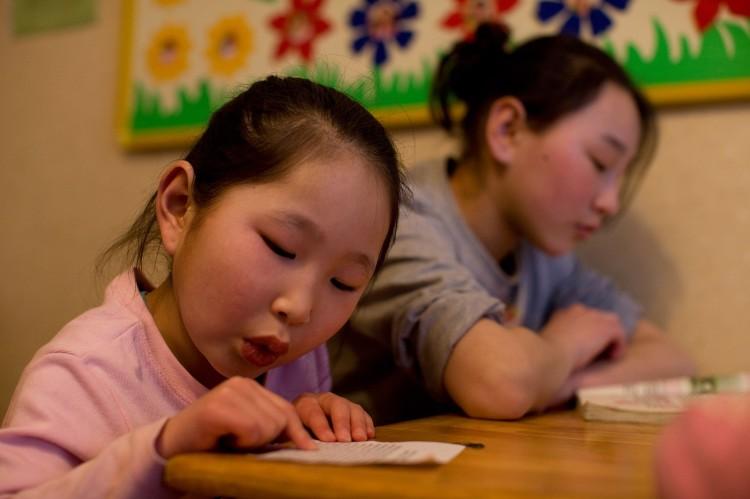Eastern Versus Western Approach to Parenting
At the end of the path lies admission to a top-level university in the United States.

CARE & SUPPORT: Whether you encourage the child with positive acceptance or challenging pushes, always let the child know someone is paying attention and cares. Paula Bronstein/Getty Images
|Updated:





